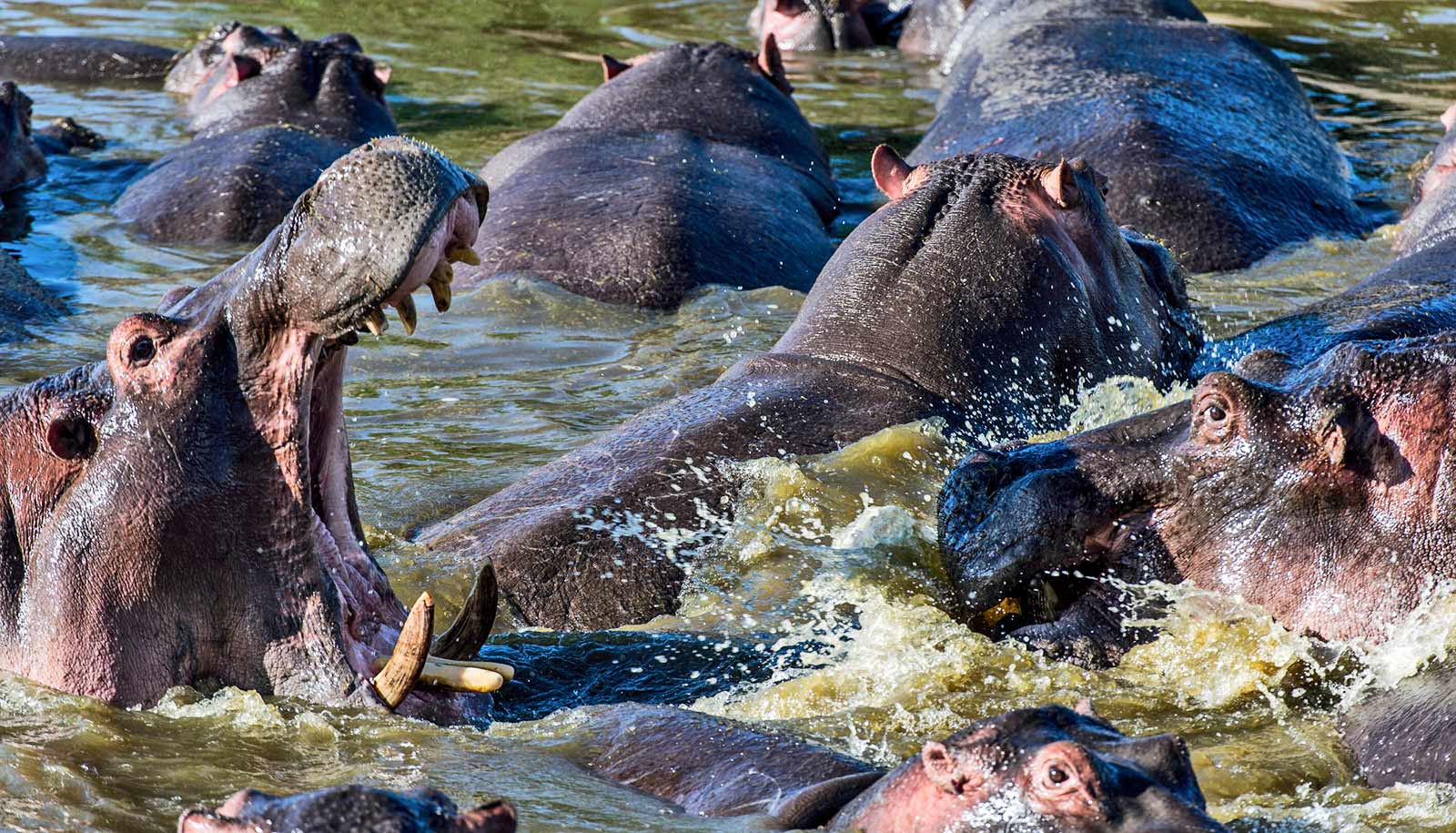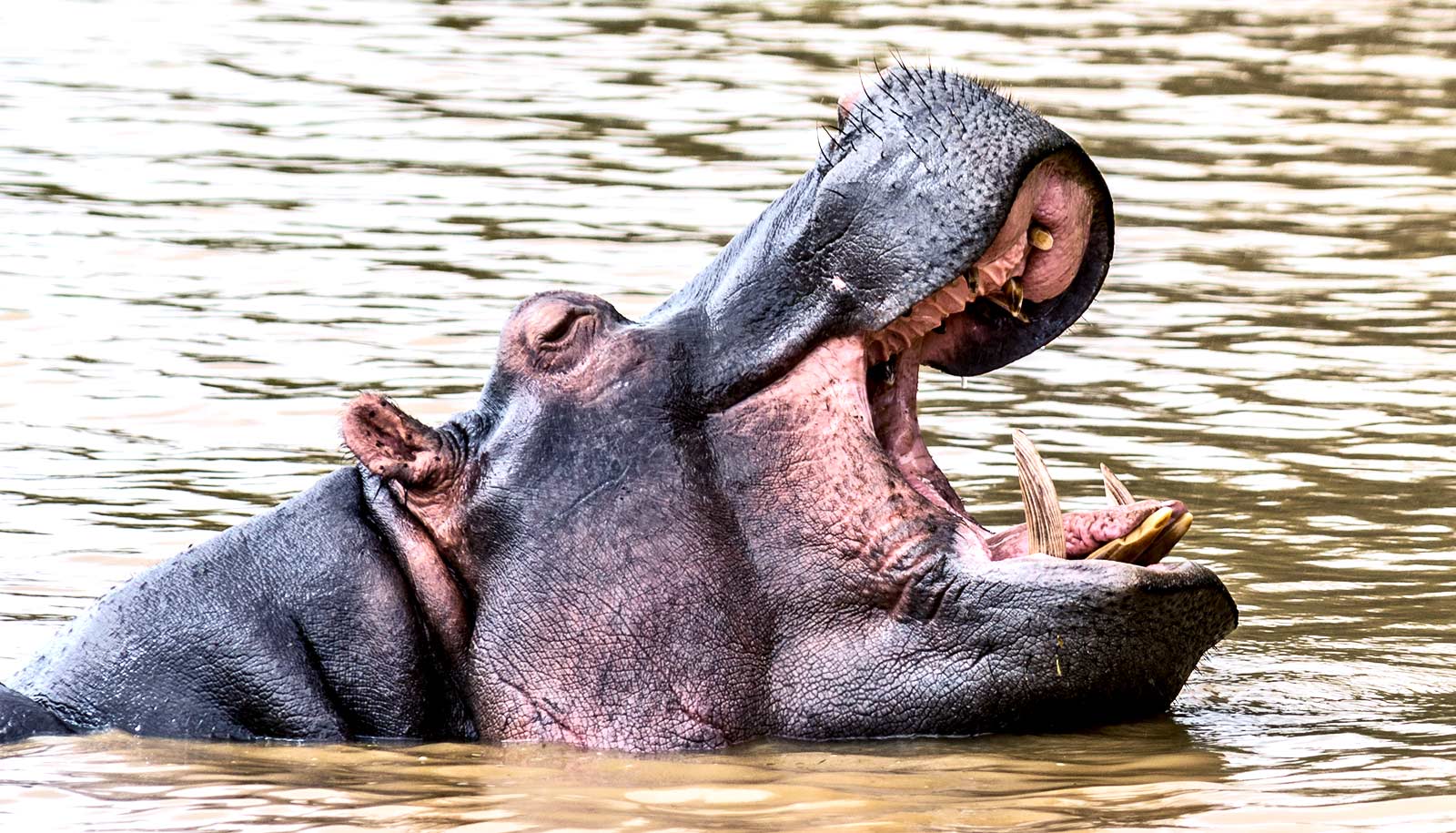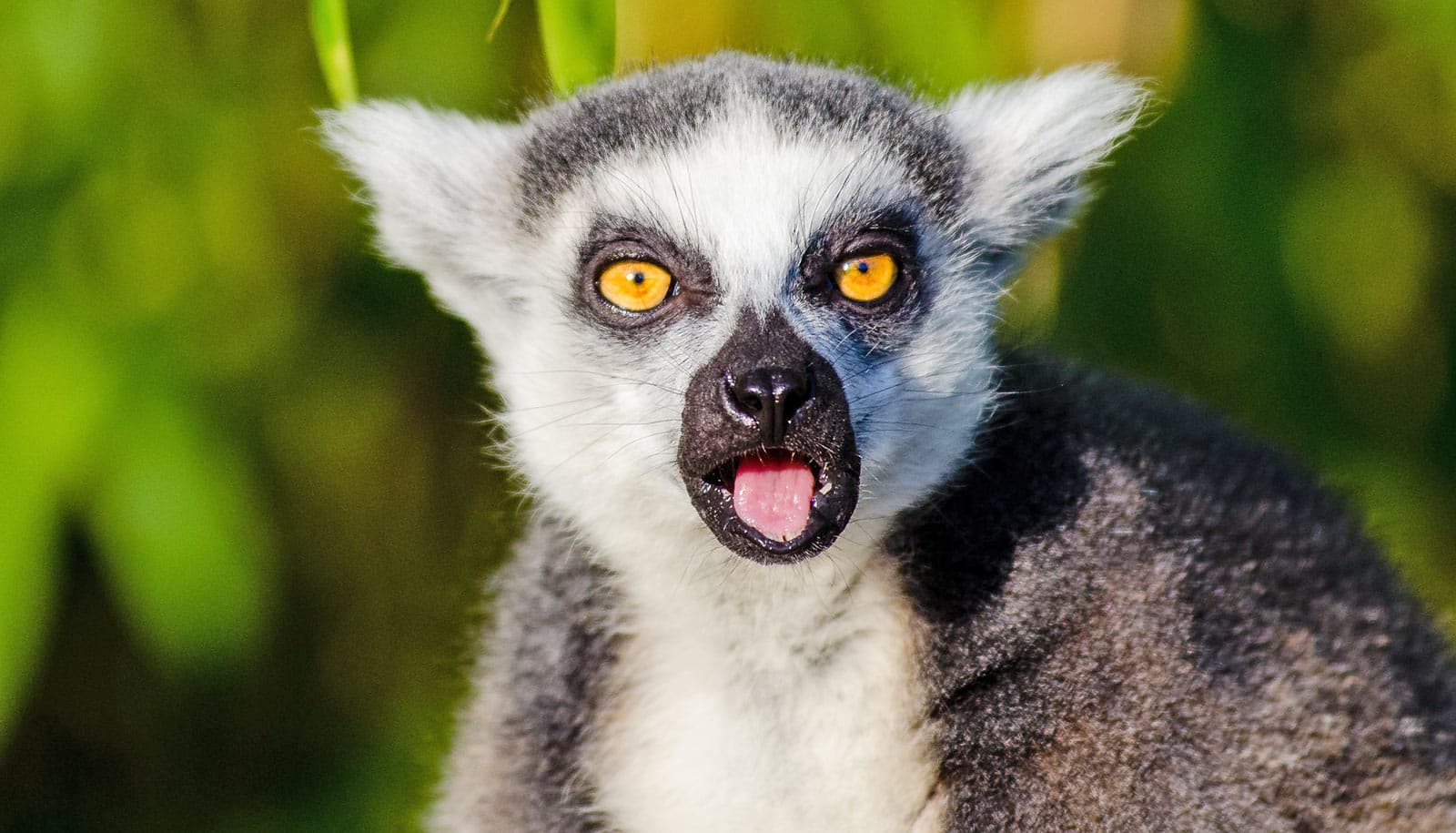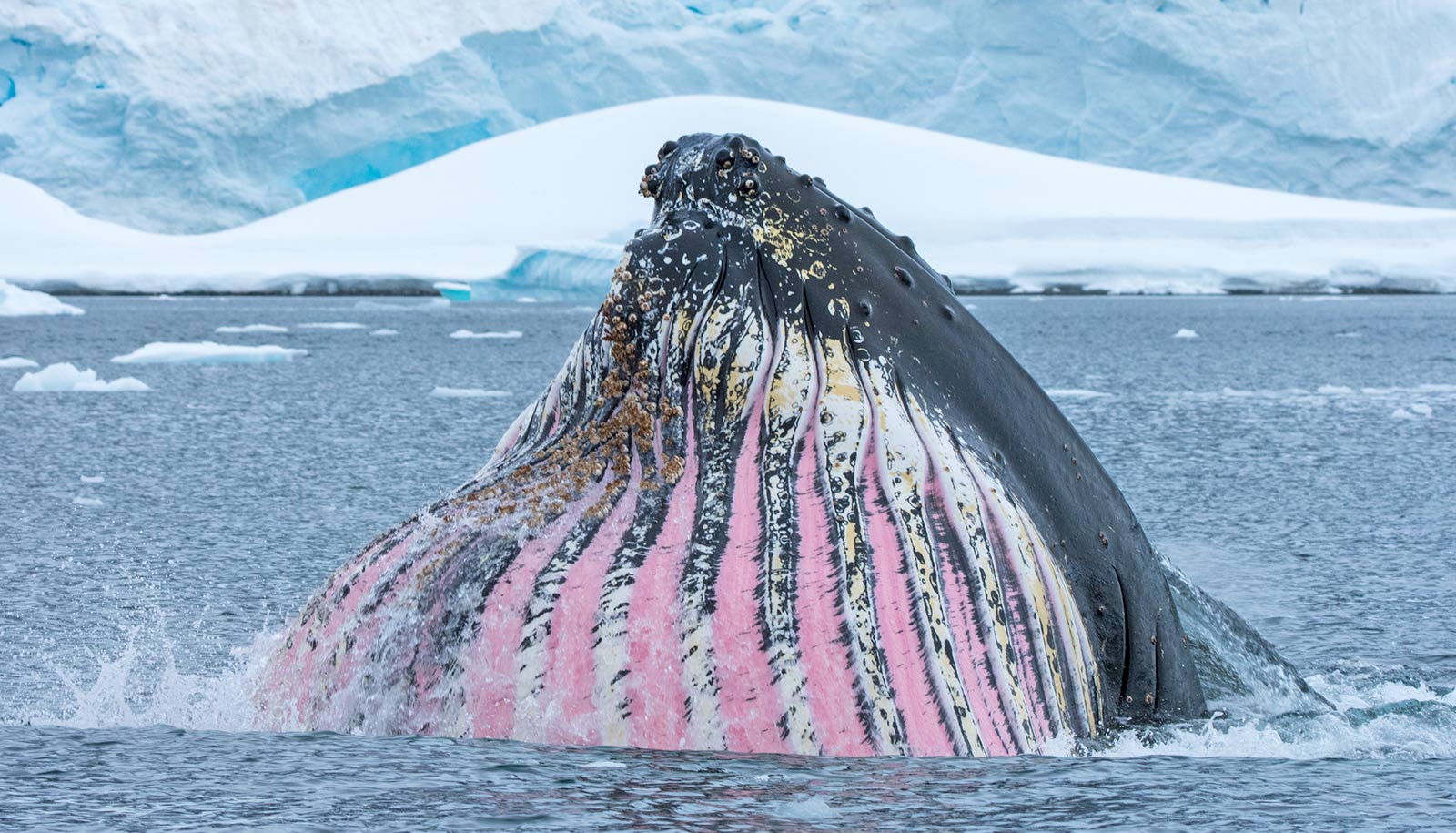The pools where hippos hang out—and poop a lot—are extensions of their guts, report researchers.
Hippopotamuses can eat nearly 100 pounds of food daily—and, as a result, they fill the pools where they spend much of their lives with huge amounts of waste.
Bacteria and other microbes expelled into the water survive and are shared among the congregating animals. This “meta-gut,” as the researchers call it, could have major impacts on the hippos’ ecosystems.
Christopher Dutton, postdoctoral associate in biology at the University of Florida, and his collaborators conducted fieldwork on the Mara River in East Africa, home to over 4,000 hippos. When they aren’t eating on land, hippos spend much of their lives submerged in waterways, gathering in pools to wallow—and defecate. “In some of the hippo pools, there’s so much feces floating on the surface that you can’t tell there’s water beneath it,” says Dutton, leader of the study that appears in Scientific Reports.
Through a series of field observations, experiments in natural and controlled settings, and the use of RNA sequencing methods, the researchers sought to find out how microbes from the guts of animals could influence their immediate ecosystems. All animals carry microbiomes specific to their individual guts. Inside the body, the microbes perform important functions such as aiding digestion—but what happens when animals poop them out into a shared environment?
“In the last 20 years there has been a greater appreciation for the role that animal feces and urine can play in altering nutrient cycling and biogeochemistry within ecosystems,” Dutton says. “We tried to go one step further—we wanted to understand the contexts in which gut-derived microbes were able to function in the external environment and what this might do to the environment.”
They found that, based on the functioning microbial population within, the bottom of a hippo pool more closely resembles the hippo gut than a normal river. The researchers coined the term “meta-gut” to describe the changes to the hippos’ environment once their gut microbiomes are transferred to it. The phenomenon may benefit the hippos sharing their microbes with each other, making the water, Dutton says, “almost like a probiotic shake.” But the way it alters the water’s makeup may also affect other animals like fish.
“I think it’s a really novel perspective,” says study coauthor Amanda Subalusky, assistant professor of biology. “I don’t think people thought that animals could have this strong of an influence on the shaping of microbial communities.”
The meta-gut could have broader implications for the hippos’ ecosystems. In the pools of water with high accumulations of hippo feces, referred to as “high subsidy” pools, the researchers found a “screamingly high” concentration of methane gas, Dutton says. “The amount of methane coming off the pool would be declared an explosive hazard in the United States,” he says.
Looking ahead, their research will explore food web effects in an experimental stream facility on the University of Florida campus.
“These gut microbes from the hippo may go through the food web and throughout the different fish and invertebrate communities sharing the river, which has important implications for our understanding of how ecosystem function may change with the extirpation of larger wildlife,” Dutton says.
The scientists look forward to continuing to explore the “meta-gut” phenomenon in other species to gain a better understanding of the full array of ways that animals can influence ecosystems.
Source: Lauren Barnett for University of Florida



